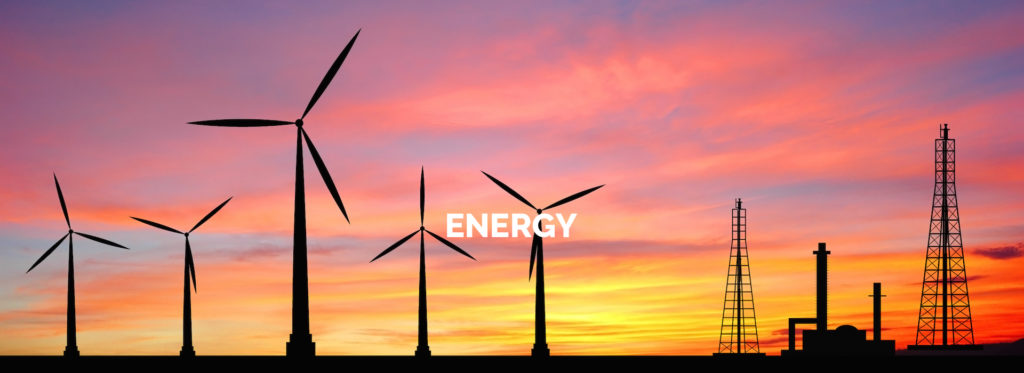In today’s talking points Australian minister pushes for offshore development, South Australia reaffirms its love for Tesla’s big batteries, China’s massive spending on clean energy delivers reduction targets 12 years early and renewable energy could add hundreds of thousands of dollars to a commercial farm’s value.
Australian minister pushes for offshore development
Untapped resources offshore could improve and also lower the prices of domestic gas supplies. A government minister has claimed that the Australian government is committed to developing offshore petroleum resources in the foreseeable future. Australia is the the position to take advantage of the growing Asian market.
“If commercial amounts of oil or gas were discovered in the Great Australian Bight, it could provide a major boost to the national economy and to the economy of South Australia in particular,” a resource minister said.
The energy company Melbana, has also discovered over 1 billion barrels of oil reserves in northwestern Australia.
Source: UPI
South Australia Reaffirms Its Love for Tesla’s Big Batteries
South Australia has reaffirmed its love for big Tesla battery projects with an AUD $5 million (USD $3.7 million) grant for a 25-megawatt, 52-megawatt-hour plant.
The funding, which is being matched by an equal amount from the Australian Renewable Energy Agency, will go toward the AUD $38 million (USD $28 million) cost of developing a Tesla Powerpack-based energy storage system for Infigen Energy.
Infigen CEO Ross Rolfe said that the battery plant would help his company expand its supply contracts from the Lake Bonney wind farm to additional commercial and industrial customers in South Australia.
The plant will allow Infigen “to firm at least an additional 18 megawatts of power depending on the customer load profile,” said the company.
Source: Green Tech Media
China’s Massive Spending on Clean Energy Delivers Reduction Targets 12 Years Early
Twelve years ahead of schedule, a new report finds that China may already have had its worst year for carbon emissions—a sign that the world’s largest producer of greenhouse gases could be well on its way to meeting the goals put forth by the Paris climate agreement.
The study found that China produced 9.2 billion tons of carbon in 2016, down from 9.5 billion tons in 2013. The emission levels of the country, which surpassed the U.S. as the world’s biggest carbon producer in 2007, have declined every year from 2014 to 2016.
The downward slope represents “stability,” according to Dabo Guan, a professor of climate change economics at the University of East Anglia in the United Kingdom.
China has already invested nearly $3 trillion in solar and wind power since 2004, and announced last year that it would pour $360 billion into renewable energy sources by 2020.
Source: Common Dreams
Renewable energy could add hundreds of thousands of dollars to a commercial farm’s value
Farmers are able to earn money through renewable energy companies using their land for their projects and are already lending out their land for projects like wind turbines and solar arrays. It is a source of passive income that allows them to earn revenue without putting up any cost (e.g. owning an animal).
However, the presence of these projects does depreciate the value of the land. Wind turbines have prevented grazing from happening underneath and the overall property value decreases due to impediment of views and noise pollution.
As there are a lot of uncontrollable factors in farming like weather, for some farmers living in windy conditions, leasing their property for wind turbines have been positive assets for them and their local businesses.
Source: ABC News


